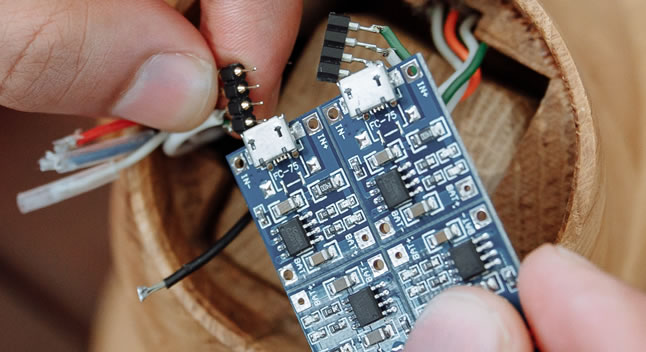Shenzhen Mingshunxin Electronics Co., Ltd, which was established in 1999,is one of the global electronic component distributors. Our company is located in Huaqiangbei,Shenzhen China,has operations all over the world.
Committed to providing customers with quality services and developing efficient and complete global supply chain solutions. We have a years professional experienced of purchase and sales team to solve the problem of one-stop electronic component purchase. More than 10 years experience of sales of electronics parts team members to ensure the accuracy of your orders. For engineers we can provide with free samples and free technical follow-up guidance services, to help you eliminate clones, fakes and inferior chaos from the markets.
We have a 100 square meters warehouse, stocks up to 5000 kinds, 50 million pieces stock available. All products are from original manufacturers with complete warranty. We have long-term cooperation with international well-known brand agents. A number of retailers and agents has established long-term stable and cooperative relationships with us. Through the entire ERP management system will provide you with a BOM quotation within 30 minutes.
